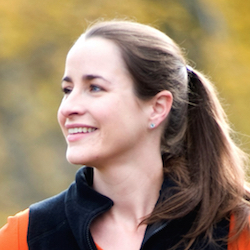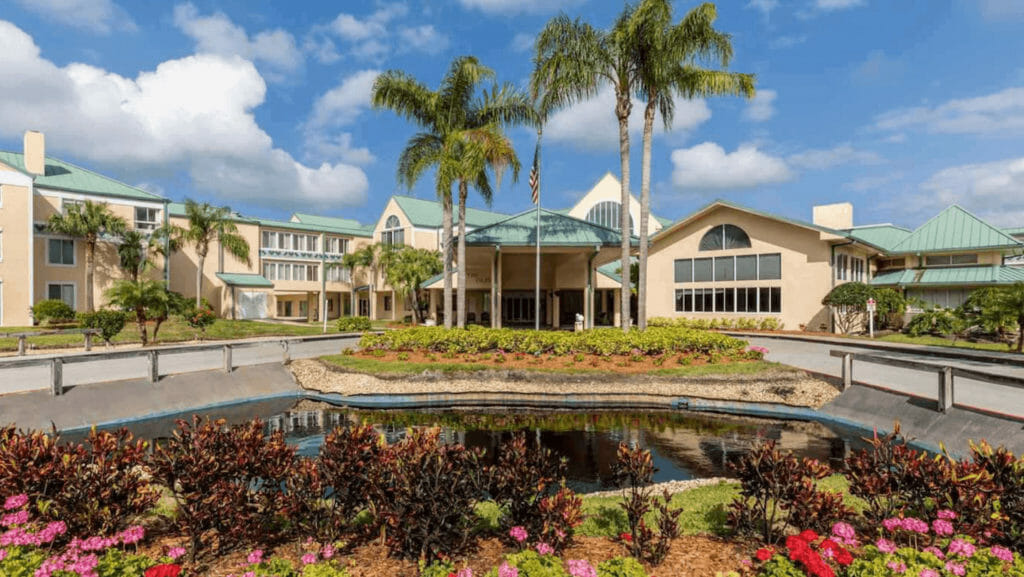
Connected technology in the home is a fast-growing area, providing inhabitants with enhanced conveniences, improved security and increased comfort. Known as “smart home tech,” everyday devices such as door locks, smoke alarms and thermostats use a connection to the internet, software programs and machine learning to provide added functionality and remote control.
This type of smart home tech is has played a role in families of all ages, but it often is touted as a great solution for the aging-in-place dilemma. By being able to monitor a home remotely, adult children can help their elderly parents stay in their homes for longer. It is the scope for the use of smart home technologies in assisted living communities, however, that is the real game-changer.
As the aging baby boomer generation looms, older Americans quickly are becoming one of the fastest-growing demographics. According to Administration for Community Living, by 2020, there will be more than 77 million people over the age of 60. With the demand for independent living and assisted living communities escalating, operators of these facilities can use smart technologies to help residents remain as safe and as independent as possible for as long as possible.
“Smart technology promises assistance in the form of data mining and monitoring — ‘learning’ objects that are able to distinguish between usual behavioral patterns and an accident, and can alert healthcare providers in the event of the latter,” according to a NetworkWorld article. By installing these “learning objects” throughout their housing, operators can offer closer monitoring of occupants while still allowing them to retain independence. Other benefits include less need for physical interventions, the ability to cut down on manpower and longer placement possibilities.
Here is a look at the potential power of smart home technologies in independent and assisted living communities.
Activity sensors
Strategically placed motion sensors are a simple yet effective way to monitor a resident’s daily movements without infringing on privacy. Motion sensors by the bed, in the hallway, by the refrigerator and at the bathroom door can send alerts to a central monitoring hub whenever they are tripped. With the right software, operators can receive notifications when a certain sensor hasn’t been tripped by a certain time. For example, if the motion sensor by the bed hasn’t activated by 7 a.m. or the door to the bathroom hasn’t opened for three hours, it can send an alert that the resident has not gotten out of bed yet and that someone should check in.
Sensors also can track whether a refrigerator has been opened and whether a medicine cabinet has been accessed, allowing remote monitoring of a resident’s food, water and medication intake. All these data from a dwelling can be aggregated and fed through algorithms to help predict and, ultimately, prevent potential threats to health and safety.
Health sensors
Sensors placed in a bed can track respirations, heart rate and the number of times someone gets out of bed during the night. These efforts can help detect health issues prior to their becoming problems — for example, potentially identifying a urinary tract infection from an increase in the number of trips to the bathroom before the resident experiences pain and discomfort. One facility in Missouri found that sensor-enabled monitoring nearly doubled its residents’ length of stay in independent living.
Digital medication dispensers
Confusion and concern about taking medication at the right time is a key reason some older adults need constant assistance. Operators of independent and assisted living communities can help residents deal with this tricky activity of daily living by using digital medication dispensers that lock compartments until the correct time, speak alerts to remind the user to take the medication and can be monitored, controlled and programmed remotely.
Motion-activated lights
Installing lighting triggered by motion increases the safety and comfort of a resident, who no longer needs to fiddle with small lamp switches or walk into a darkened room. This lowers the risk for potential falls as well.
Smart door locks
Smart door locks that open automatically when an authorized user approaches carrying a smartphone or key fob allow residents to retain independence without worrying about using small metal keys. They also help operators retain and control access to units more easily. There’s no need to switch out locks. New “e-keys” can be easily programmed and old keys revoked, enhancing the security of the building.
Voice activated speakers
One of the challenges of some of these more interactive smart home devices is that an app on a computer or tablet or smartphone was required to control many of them. With the advent of voice-activated speakers, however, residents now easily can speak commands to one of these devices and ask to “turn on the lights,” “raise the temperature” or “turn off the television.”
Additionally, a voice-activated speaker such as the Amazon Echo or Google Assistant can be used as a communication tool so residents can speak with loved ones and facility managers more easily. The inclusion of a separate screen even can enable video calling. Voice assistants offer all the convenience of a smartphone without the complications of typing on a small screen or confusion of downloading apps. Everything is controlled simply via voice.
Voice-activated video calling also is an important tool for medical consultations and emergency situations. The speakers have powerful range and can hear a wake word from a distance, so if a person has fallen or is unwell but still can speak, he or she can use the smart speaker to call for help.
Smart technologies are changing the way we live our lives. Data collected from connected devices are providing new insights into our needs, health and habits and ultimately are showing us better ways to live. Independent living and assisted living communities can benefit greatly from these advancements and ultimately use technology to offer a better way of life to its residents.
Jennifer Tuohy is an award-winning freelance journalist with 15 years of experience in newspapers, magazines, marketing and online content. She writes about a variety of subjects, but her passion lies with technology, sustainability and the intersection of the two. She also writes for The Home Depot, which carries smart home technologies. McKnight’s Senior Living has not been compensated in exchange for the publication of this column.
McKnight’s Senior Living welcomes marketplace columns on subjects of value to the industry. Please see our submission guidelines for more information.




